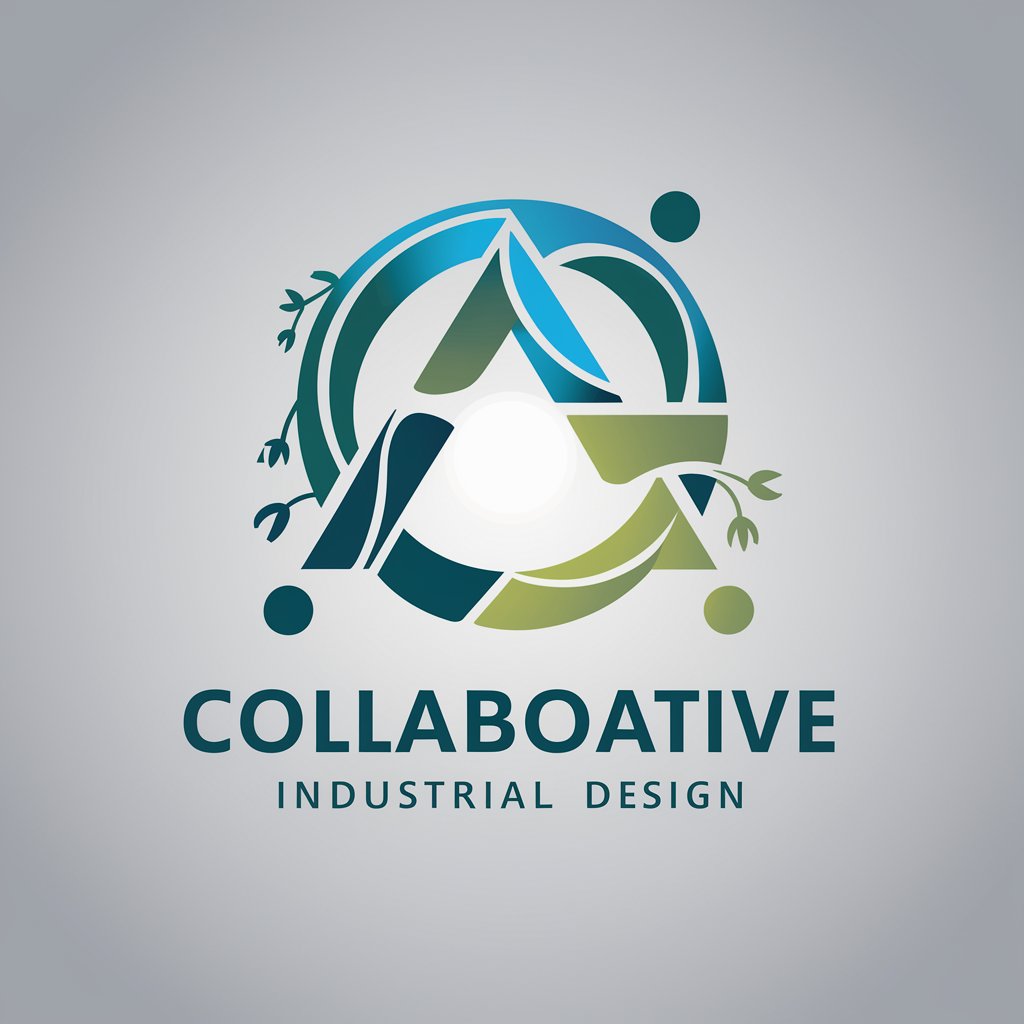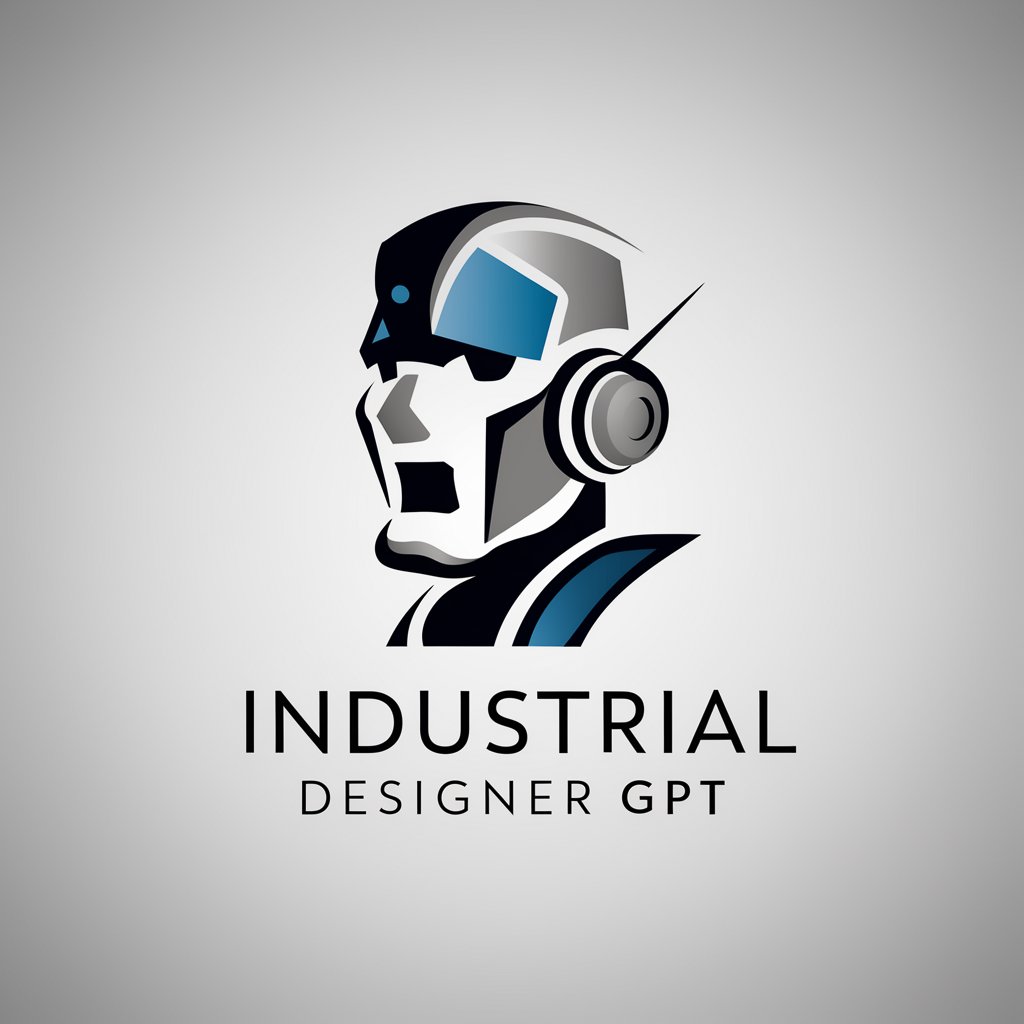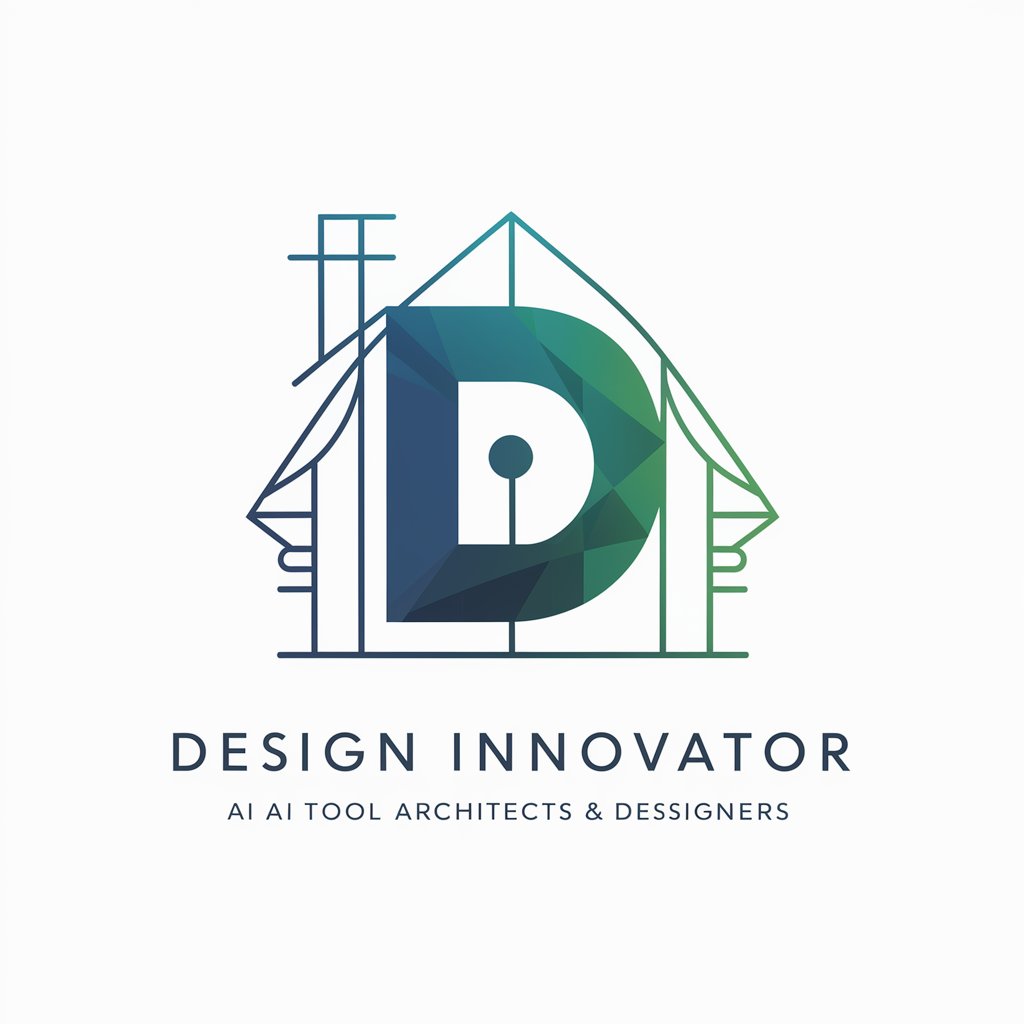
Industrial Design - AI-Powered Design Tools
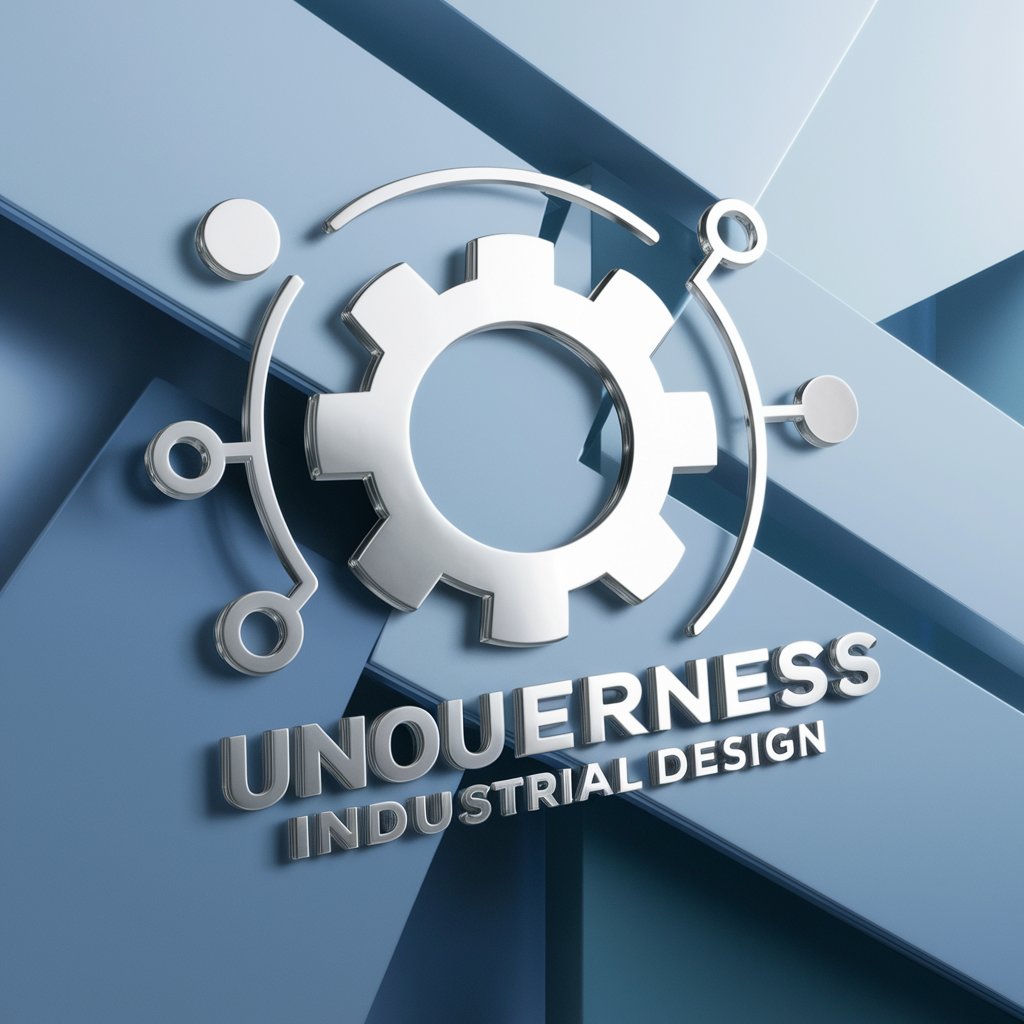
Welcome! Let's innovate the future of industrial design together.
Empowering Design with AI
Explore the impact of new materials in industrial design by...
Discuss how emerging trends in design are shaping the future of...
Analyze the role of advanced technologies in enhancing...
Provide insights on integrating sustainable practices into...
Get Embed Code
Overview of Industrial Design
Industrial Design is a professional practice focused on the design of products used by millions around the world every day. It blends the artistic and technical disciplines to enhance the function, value, and aesthetics of products. The primary purpose of industrial design is to optimize the function and appearance of products while also making them economically viable and accessible to a broader audience. For example, designing a smartphone involves not only giving it a sleek, attractive appearance but also ensuring it is comfortable to hold, easy to use, and capable of housing the necessary technical components. Industrial designers consider the user experience, the materials used, the production processes, and the environmental impact of products during the design phase. Powered by ChatGPT-4o。

Key Functions of Industrial Design
Ergonomics and Usability
Example
Ergonomic chair design
Scenario
Designers focus on creating chairs that support proper posture to reduce back pain. They study human body dynamics to ensure that the chair enhances comfort and productivity in office environments.
Aesthetic and Brand Identity
Example
Automotive design
Scenario
Car manufacturers use industrial design to create a visual identity that aligns with their brand values. For instance, Tesla's clean, futuristic aesthetic is designed to reflect its innovation in electric vehicle technology.
Sustainability and Environmental Impact
Example
Biodegradable packaging
Scenario
Designers develop packaging solutions that reduce environmental impact by using materials that are either biodegradable or easier to recycle, such as plant-based plastics, thereby helping companies enhance their sustainability credentials.
Innovation and Technology Integration
Example
Wearable technology
Scenario
Industrial designers integrate cutting-edge technologies like health monitoring sensors into wearable devices, such as fitness trackers, which blend functionality with style while providing users with valuable health insights.
Cost Reduction and Manufacturing Optimization
Example
IKEA furniture
Scenario
IKEA utilizes industrial design to streamline manufacturing processes, minimize material waste, and optimize packaging, resulting in cost-effective products that are easy to assemble for the end-user.
Who Benefits from Industrial Design?
Manufacturing Companies
These entities benefit from industrial design to enhance product usability, appeal, and cost-efficiency, aiding in differentiation in competitive markets.

How to Use Industrial Design
Start a Free Trial
Begin by accessing yeschat.ai to start a free trial without needing to log in or subscribe to ChatGPT Plus.
Explore Features
Familiarize yourself with the interface and explore the various tools and features available to understand how they can aid in your design projects.
Identify Design Needs
Determine the specific needs of your design project, whether it's product development, user experience enhancement, or material selection.
Apply Design Tools
Utilize the design tools offered to create models, simulations, and renderings that help in refining your design concepts.
Evaluate and Iterate
Regularly evaluate the outcomes against your objectives, gather feedback, and iterate the design to improve functionality and aesthetics.
Try other advanced and practical GPTs
マインドセット
Tailor Your AI, Enhance Your Output
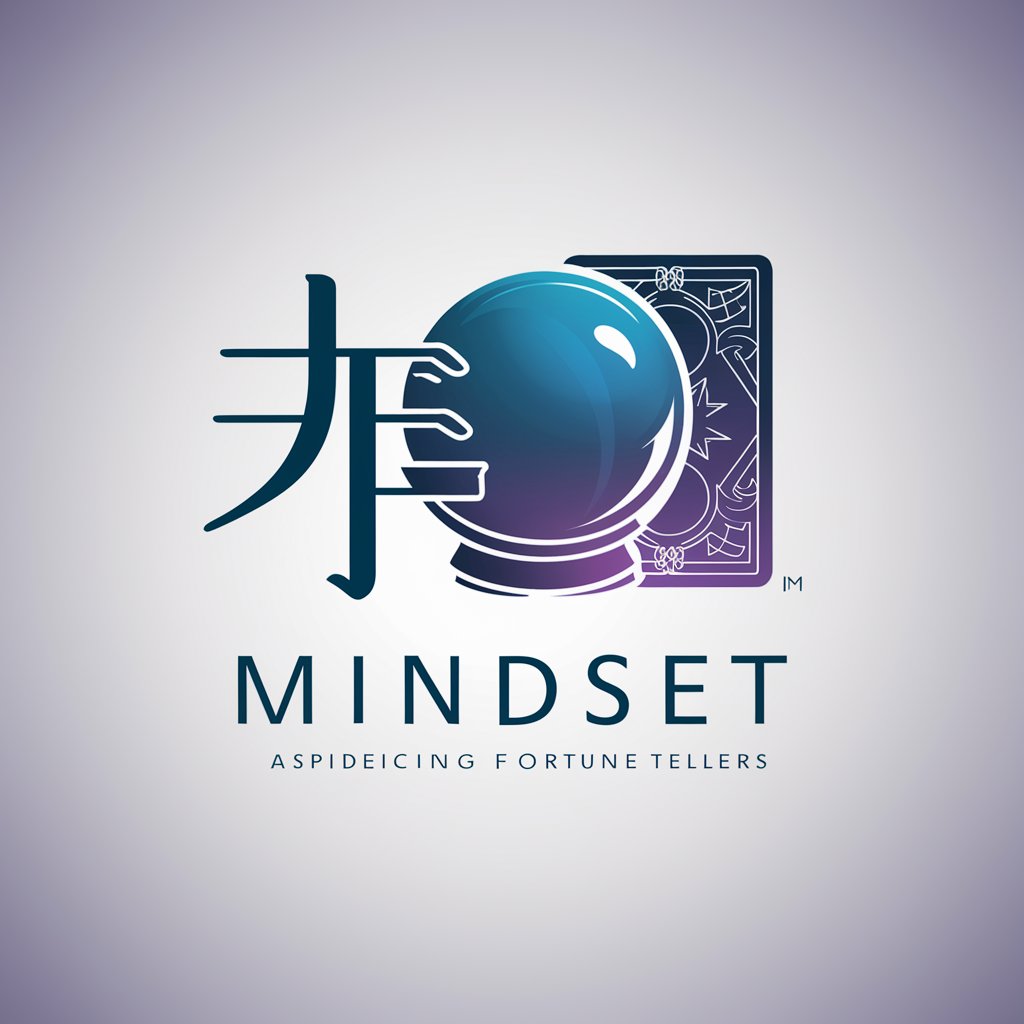
语言专家中英双语
Master languages with AI power

チラシ・ポスター作成用
Craft stunning flyers and posters effortlessly.

Managerial Accounting
AI-Driven Managerial Accounting Solutions
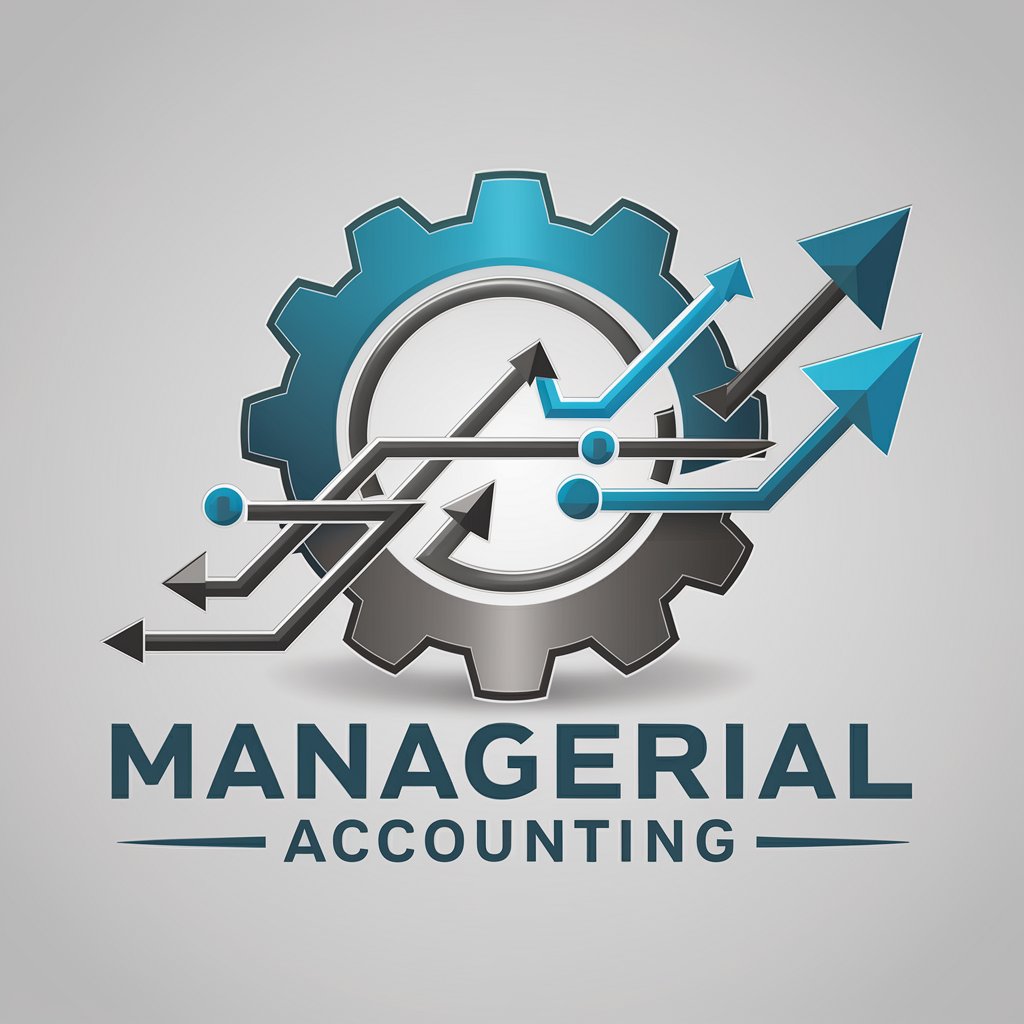
Accounting
AI-powered assistance for all accounting needs.
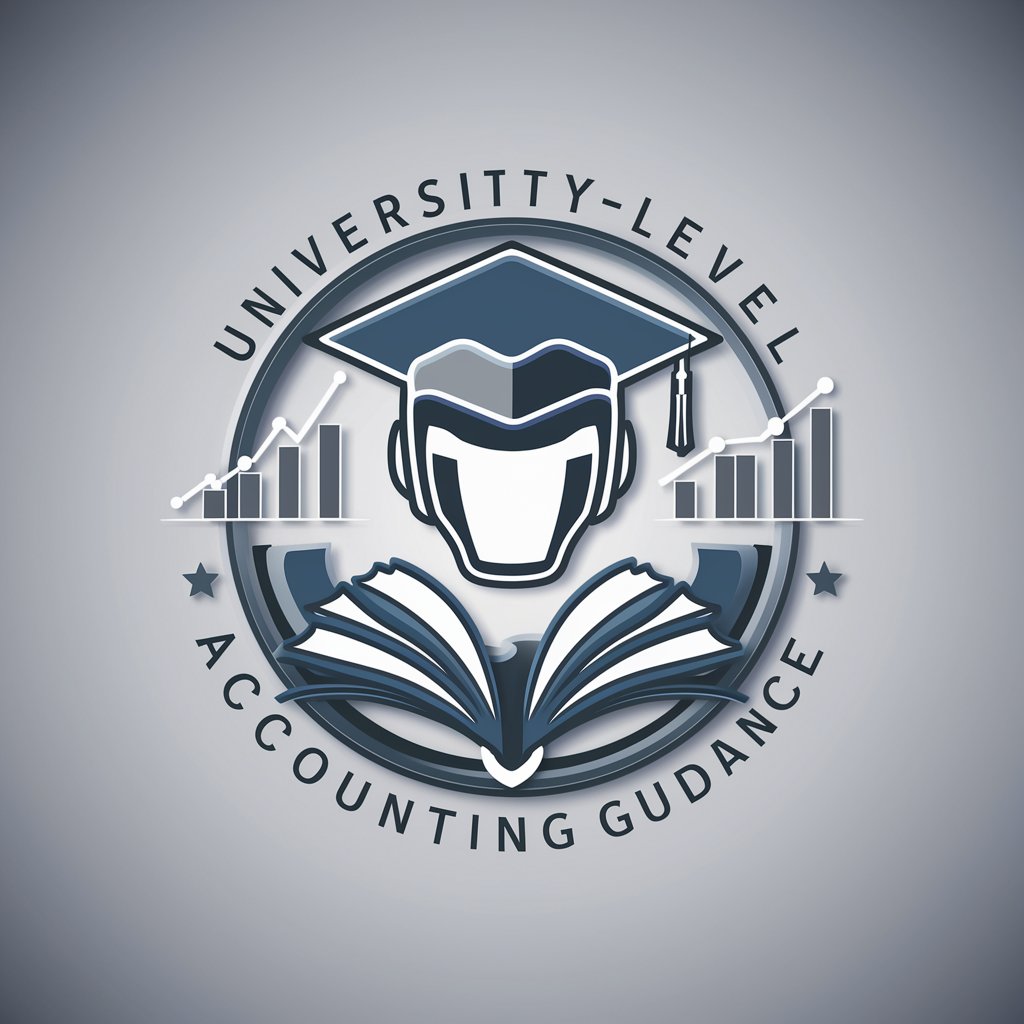
Buscador Jurisprudencia España
Unlock Spanish Legal Insights with AI

Brief Buddy
Instant Clarity with AI Power

Top Down Tokens - Aligned Feet
Craft detailed fantasy tokens with AI
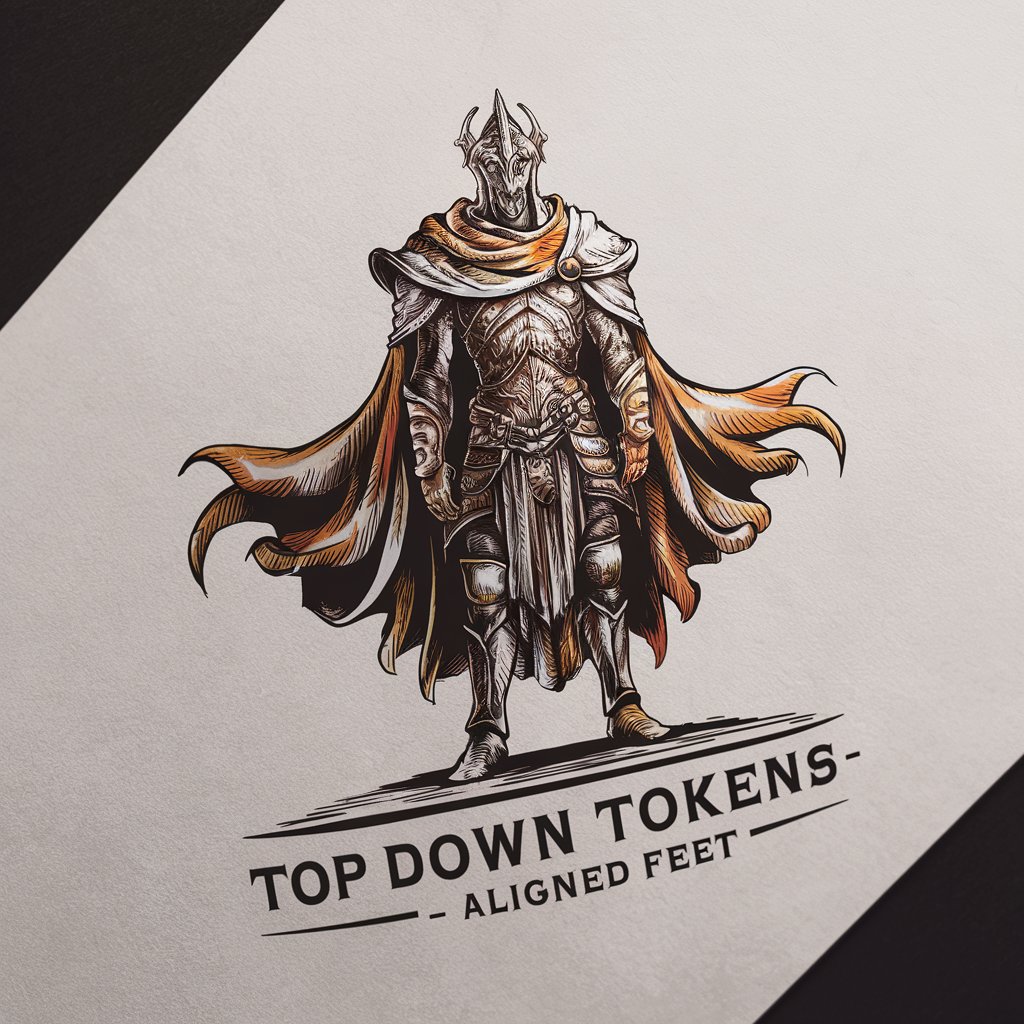
PlantUML
Automate diagrams with AI-powered precision
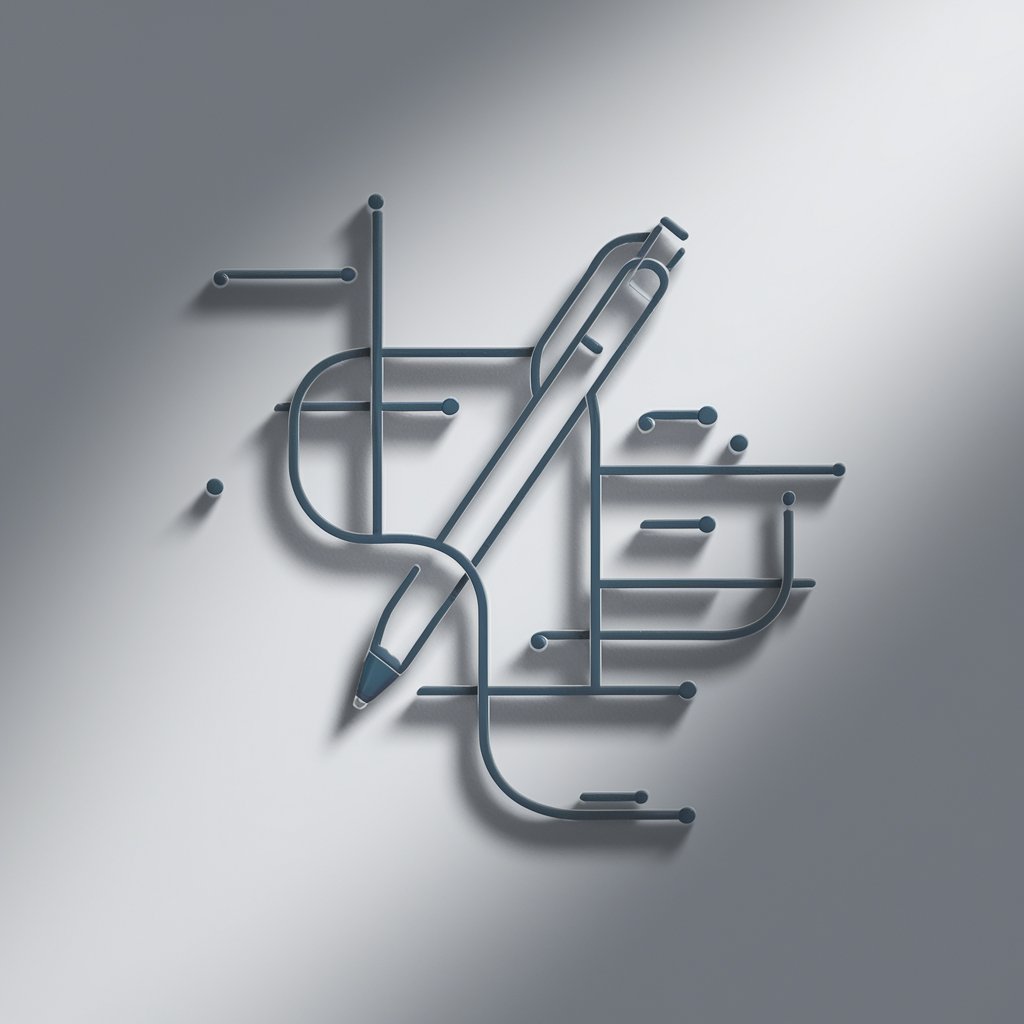
Contador de Caracteres
Precision character counting with AI
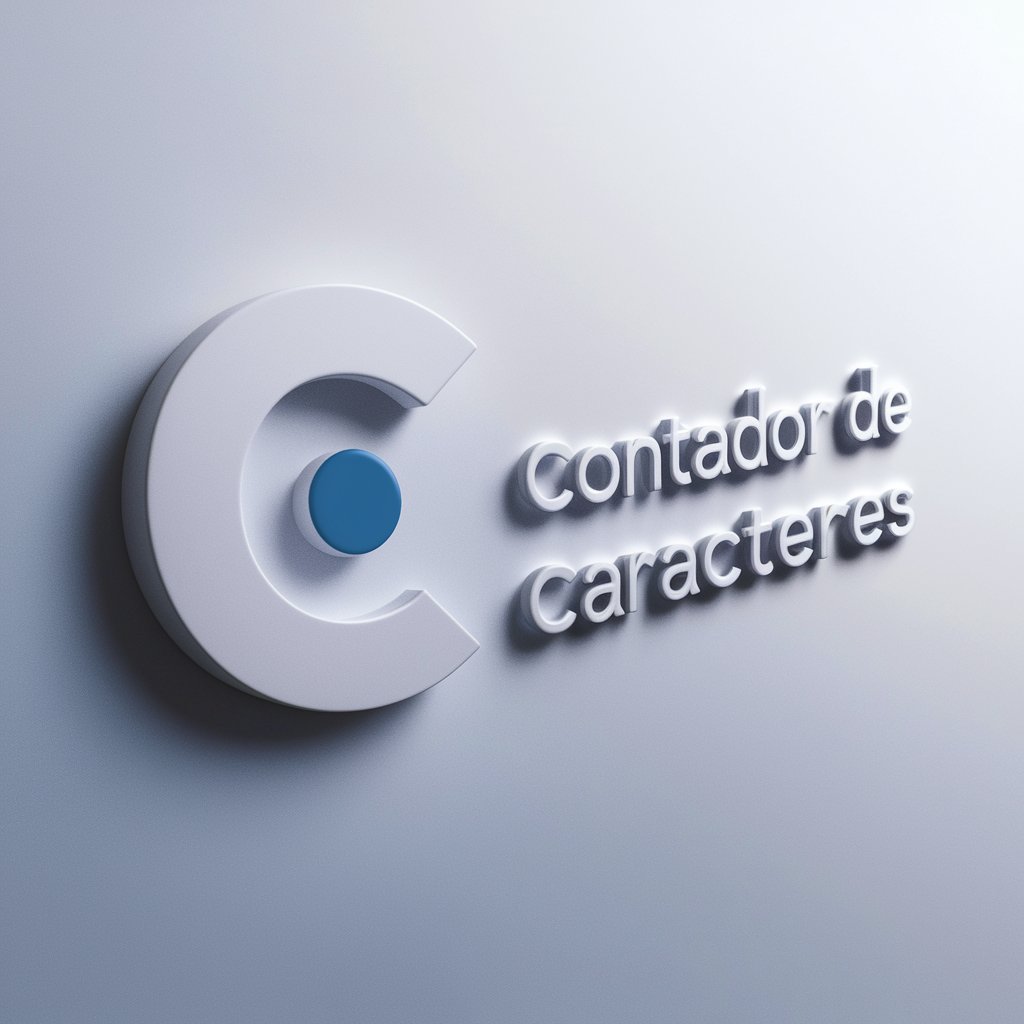
Mission Statement Writer
Craft Your Cause with AI
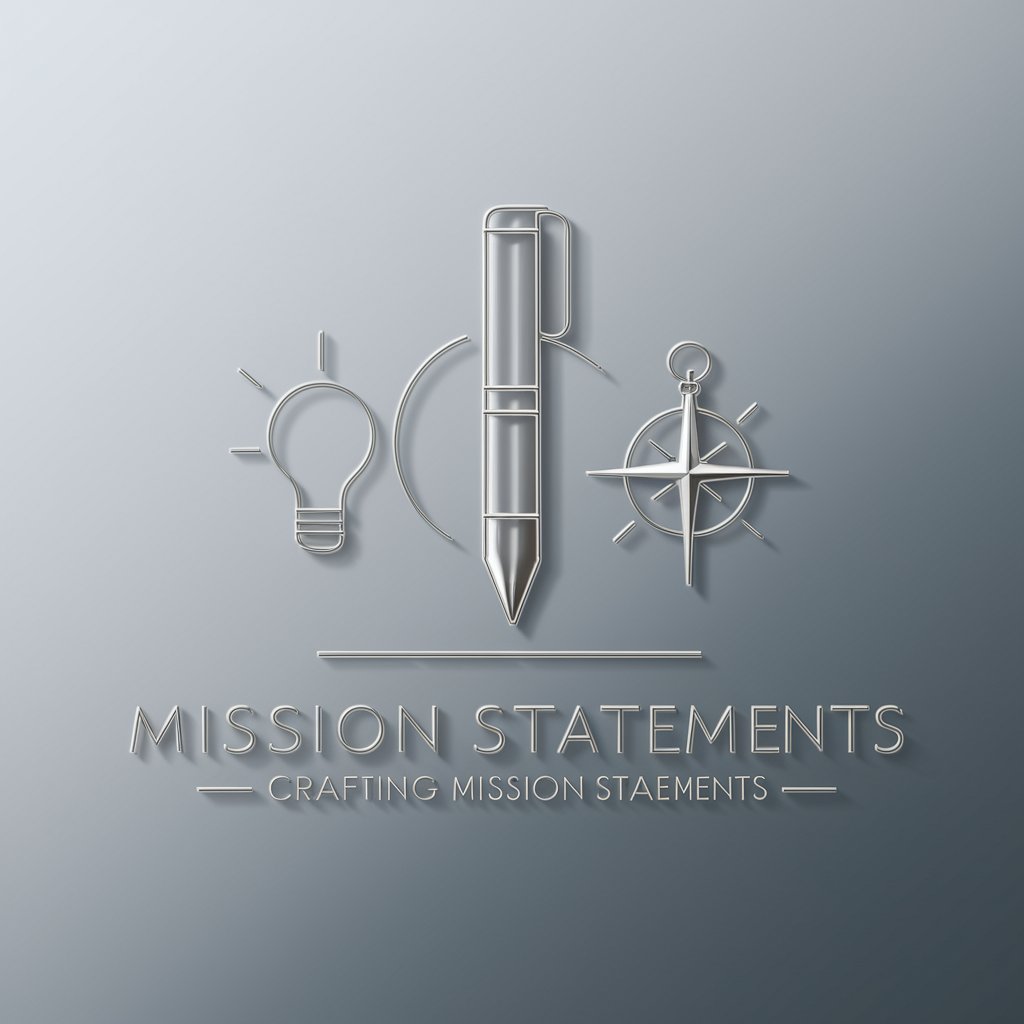
SHORT
Unlock AI's potential for all your needs.
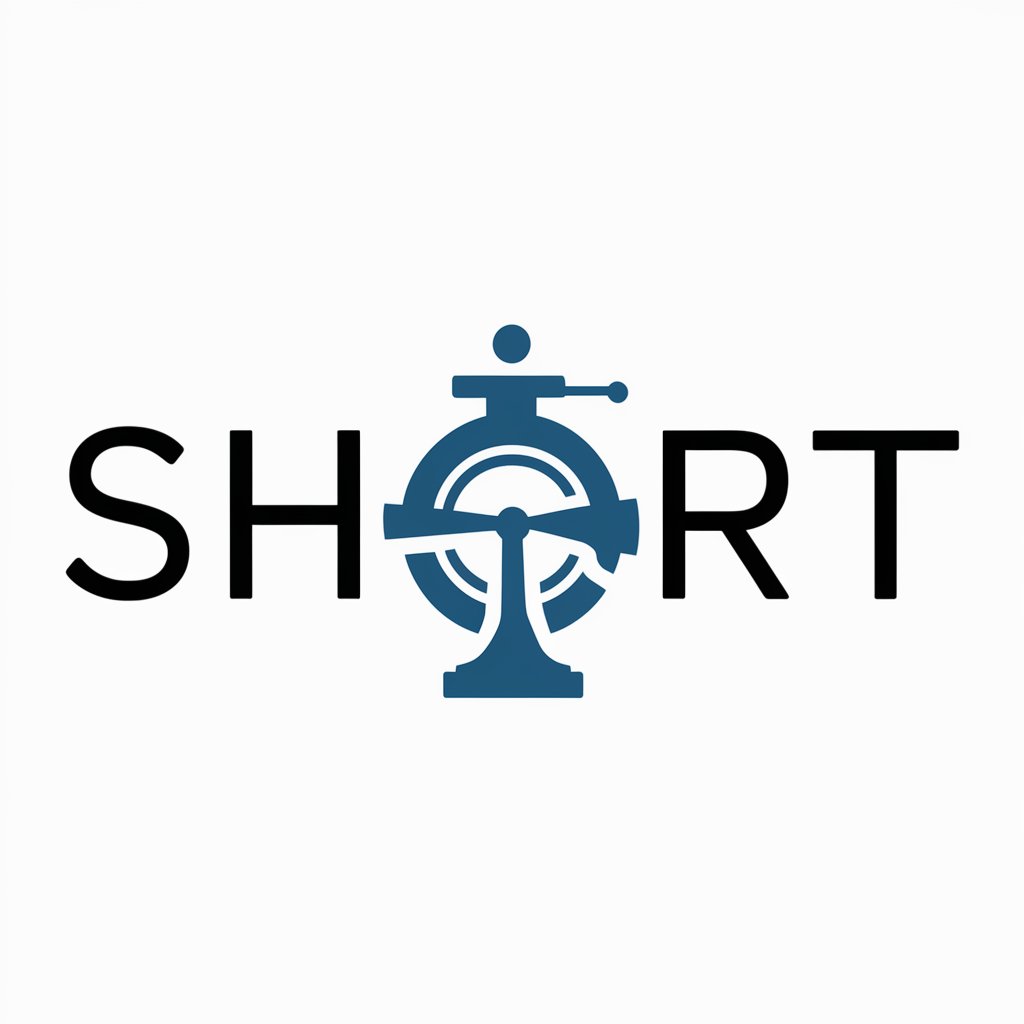
Frequently Asked Questions about Industrial Design
What is the role of sustainability in industrial design?
Sustainability is integral to modern industrial design. It involves selecting eco-friendly materials and processes, designing for longevity and recyclability, and considering the environmental impact throughout the product lifecycle.
How can AI influence industrial design?
AI can significantly enhance industrial design by automating routine tasks, generating innovative design options, optimizing materials and processes, and providing predictive analytics for better decision-making.
What are the emerging trends in industrial design?
Current trends include the integration of smart technology, emphasis on user-centric designs, the use of sustainable materials, and the incorporation of advanced manufacturing technologies like 3D printing.
Can industrial design improve user experience?
Absolutely. Industrial design focuses on the user by improving the usability, accessibility, and pleasure provided through the interaction with the product, thereby enhancing overall user satisfaction.
What skills are essential for a successful career in industrial design?
Key skills include creativity, technical knowledge, proficiency in design software, understanding of materials and manufacturing processes, and the ability to visualize and prototype design concepts.


